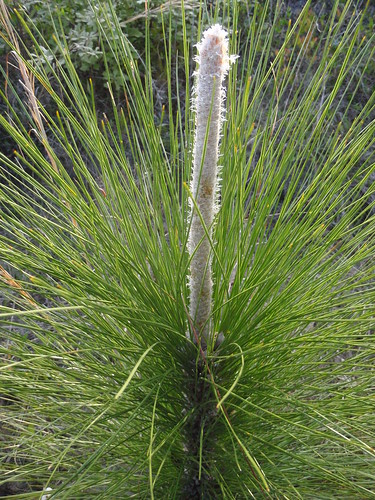 Lyndsey Layton
writes in the Washington Post that:
Lyndsey Layton
writes in the Washington Post that:
An expert panel that advises the president on cancer said Thursday that Americans are facing “grievous harm” from chemicals in the air, food and water that have largely gone unregulated and ignored.Somebody noticed!
The President’s Cancer Panel called for a new national strategy that focuses on such threats in the environment and workplaces.The problem is not too many agencies. Here’s the problem: Continue readingEpidemiologists have long maintained that tobacco use, diet and other factors are responsible for most cancers, and that chemicals and pollutants cause only a small portion — perhaps 5 percent.
The presidential panel said that figure has been “grossly underestimated” but it did not provide a new estimate.
“With the growing body of evidence linking environmental exposures to cancer, the public is becoming increasingly aware of the unacceptable burden of cancer resulting from environmental and occupational exposures that could have been prevented through appropriate national action,” the panel wrote in a report released Thursday.
Federal chemical laws are weak, funding for research and enforcement is inadequate, and regulatory responsibilities are split among too many agencies, the panel found.









